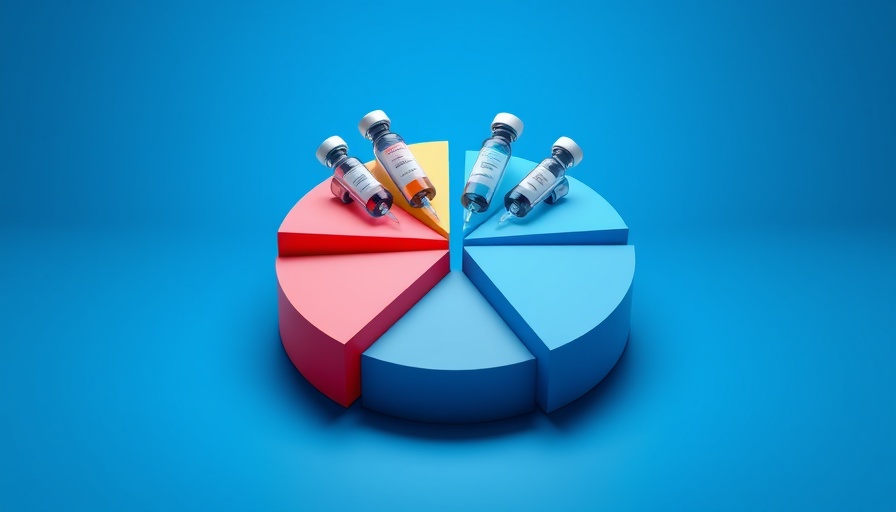
Revolutionizing Vaccine Safety Monitoring: The Need for a New Approach
In light of growing concerns over vaccine safety, a new real-time vaccine injury tracking system is set to replace the outdated Vaccine Adverse Event Reporting System (VAERS). Led by prominent health officials such as RFK Jr. and FDA Commissioner Marty Makary, this initiative aims to significantly improve how vaccine-related injuries are monitored and reported.
The Flaws in the Current System
For years, VAERS has been criticized for its inadequate tracking capabilities, with estimates suggesting it captures less than 1% of actual vaccine injuries. This underreporting has raised alarms among healthcare professionals and the public alike, highlighting the need for a more accurate and responsive system.
Real-Time Monitoring: The Future of Vaccine Surveillance
The new tracking system will employ Health Information Exchanges (HIEs) that facilitate real-time updates, enabling healthcare professionals to report vaccine-related injuries as they occur. By leveraging electronic health records, this innovative approach not only addresses the shortcomings of VAERS but also fosters transparency and accountability within public health policies.
Implications for Public Trust and Safety
This heightened level of oversight is crucial not just for patient safety, but also for restoring public trust in vaccinations. As community concerns about potential vaccine side effects continue to rise, a robust monitoring system is imperative to provide the reassurance that health authorities are taking all necessary precautions to ensure safety.
A Holistic Approach to Public Health
Integrating advanced technology into vaccine monitoring is not merely a technical upgrade; it represents a fundamental shift toward a more holistic approach to public health. By ensuring accurate data collection and reporting, health authorities can provide clearer insights into the safety and efficacy of vaccines, ultimately benefiting both healthcare providers and patients.
 Add Row
Add Row  Add
Add 




 Add Row
Add Row  Add
Add 



Write A Comment